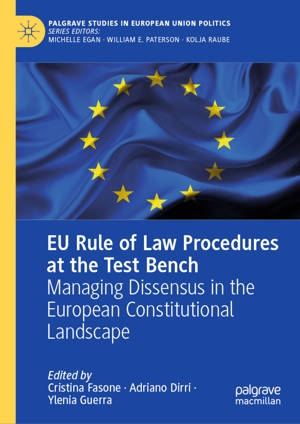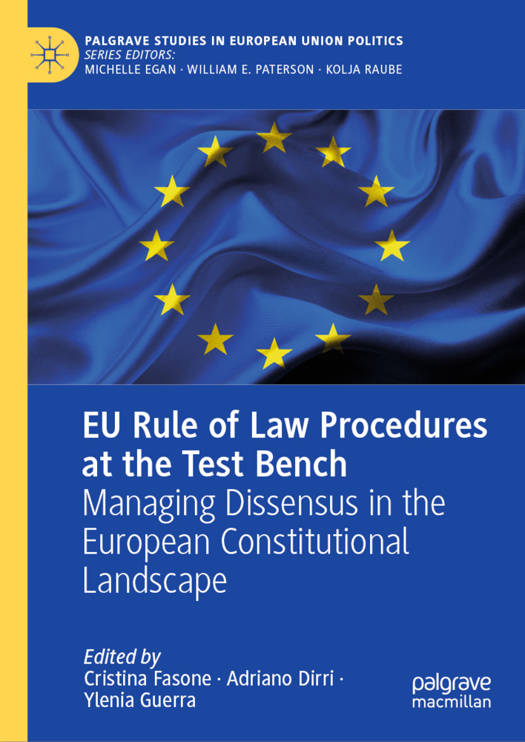
- Retrait gratuit dans votre magasin Club
- 7.000.000 titres dans notre catalogue
- Payer en toute sécurité
- Toujours un magasin près de chez vous
- Retrait gratuit dans votre magasin Club
- 7.000.0000 titres dans notre catalogue
- Payer en toute sécurité
- Toujours un magasin près de chez vous
EU Rule of Law Procedures at the Test Bench
Managing Dissensus in the European Constitutional Landscape
Description
This book analyses the EU rule of law instruments from the perspective of the academic, inter- and intra-institutional dissensus at the EU level. The angle of analysis proposed by this book allows to detect the sources of dissensus inherent in the design of the EU rule of law toolbox and in their enforcement. The proliferation of the instruments, without any major efforts of systematization, seems to be part of the problem, with a series of overlaps. At the same time, especially in the post-pandemic context, the procedures implementing the various EU rule of law tools have become more and more intertwined, so that it becomes difficult to disentangle one from the other in terms of effects. The book thus feed the debate on the strengths and deficiencies of the EU rule of law toolbox ten years after the first ad hoc measures were adopted, also offering some recommendations on how to turn dissensus into constructive mechanisms to improve the management of the rule of law in the EU.
Spécifications
Parties prenantes
- Editeur:
Contenu
- Nombre de pages :
- 299
- Langue:
- Anglais
- Collection :
Caractéristiques
- EAN:
- 9783031600074
- Date de parution :
- 22-08-24
- Format:
- Livre relié
- Format numérique:
- Genaaid
- Dimensions :
- 157 mm x 212 mm
- Poids :
- 562 g

Les avis
Nous publions uniquement les avis qui respectent les conditions requises. Consultez nos conditions pour les avis.





